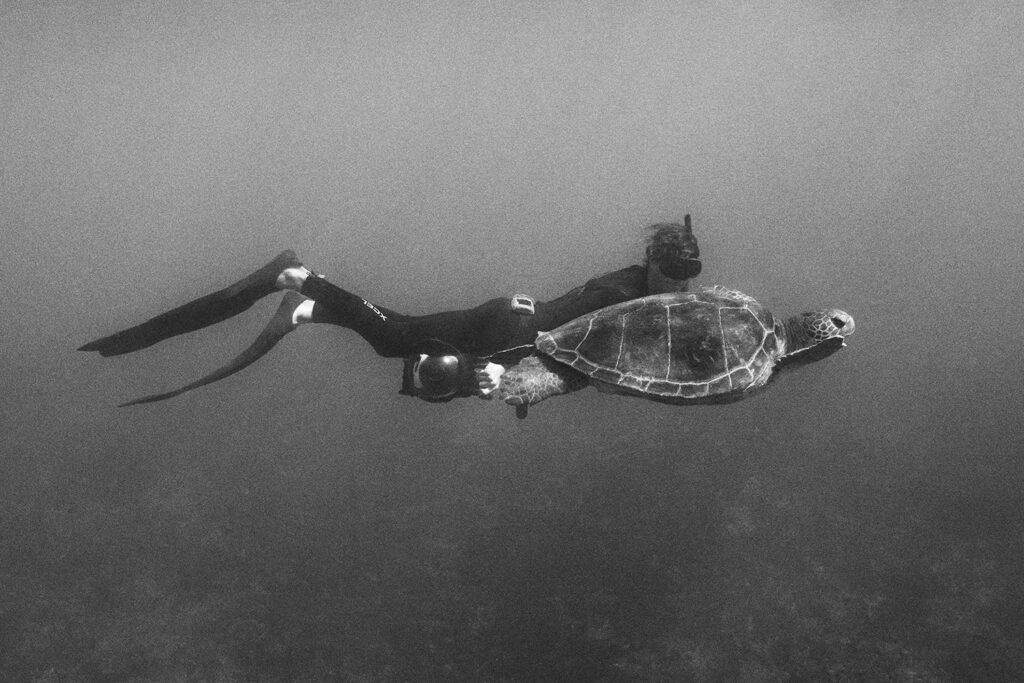SCUBA Diving in Cold Water
Jack Dwyer September 28th, 2017 Posted In: Articles Tags: SCUBA
Diving in Cold Water
It wasn’t until I planned a trip to the Caribbean specifically for SCUBA diving that I thought I should probably become SCUBA certified. The challenge was that I lived in Northern Minnesota and it was still early spring. That meant most water sources were still frozen over and, of course, very cold.
I was pleasantly surprised to learn that I wouldn’t be plunging into the icy depths right away, and the underwater section of our dive training was to be performed in a local swimming pool.
However, no instructor would sign off on an open water certification without a real check dive first. So when the water opened up, I was told that we would be meeting at a local granite quarry for my first ever open water SCUBA dive. I was a little nervous for my first real dive, but I felt that the PADI training I went through had more than properly prepared me.
I was more nervous for getting into the recently ice-covered water. We had learned about counterweights for diving and how wetsuits can affect buoyancy, so I was prepared to don a neoprene suit for the first time and get in the quarry water.
 Putting on the SCUBA wetsuit for the first time was actually a great feeling. It was warm and snug and that provided a sense of security and confidence for my first ever dive. We were totally kitted out with full wetsuits, hoods, gloves and booties. The only hiccup I encountered was that I had closed-heel flippers, and I couldn’t wear the neoprene booties.
Putting on the SCUBA wetsuit for the first time was actually a great feeling. It was warm and snug and that provided a sense of security and confidence for my first ever dive. We were totally kitted out with full wetsuits, hoods, gloves and booties. The only hiccup I encountered was that I had closed-heel flippers, and I couldn’t wear the neoprene booties.
There’s nothing quite like the first time going underwater and being able to breathe. I was pleasantly surprised that the freezing cold 55-degree water felt pleasant with the wetsuit on. There’s no sharp, shocking feeling of diving in cold water when wearing a wetsuit. The water slowly saturates the neoprene while, at the same time, your body heats up the water closest to your skin until it becomes a comfortable temperature.
Even as the temps dropped when we dove to 30 feet down, I never felt uncomfortable in the cool water, and proper preparation was to thank for that.
Not too long after that initial check dive, I took a trip to the Florida Keys for my first ocean dive. The vastness of the ocean combined with all the colors of the fish and coral was a beautiful sight. While I wasn’t wearing a wetsuit on those warm water dives, the divemasters who spent all day in the water were wearing “shorties” — elbow and knee-length wetsuits — to help maintain their internal temperature.
While I loved diving in the ocean, I’ve since returned to many dives in the freshwater sources around my home. One of my favorite places is the crystal clear water of Lake Superior. While this is one of the coldest places I’ve dived, it’s also one of the most spectacular.
It requires a little more time to plan out what gear is needed, but there’s a ton of information out there that can help you plan for temperature, depths and currents. Every time I’ve been prepared with the proper wetsuit and gear, it has been a comfortable dive.
One of the benefits of diving in cold water is that it’s too cold for microorganisms to exist. That means that shipwrecks from 100 years ago are almost perfectly preserved with very little deterioration. Every time I dive on these magnificent, eerie ships, I’m grateful that I have the proper gear to do it with.
So it’s true that bright coral reefs get all the attention in terms of SCUBA diving, but that doesn’t mean there aren’t tons of other stunning sights to see. It doesn’t matter if you’ve never dove before, or have tons of experience — there are probably some great dives right underneath your snorkel.

